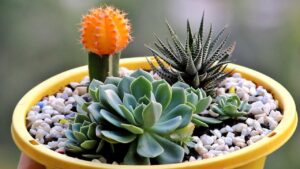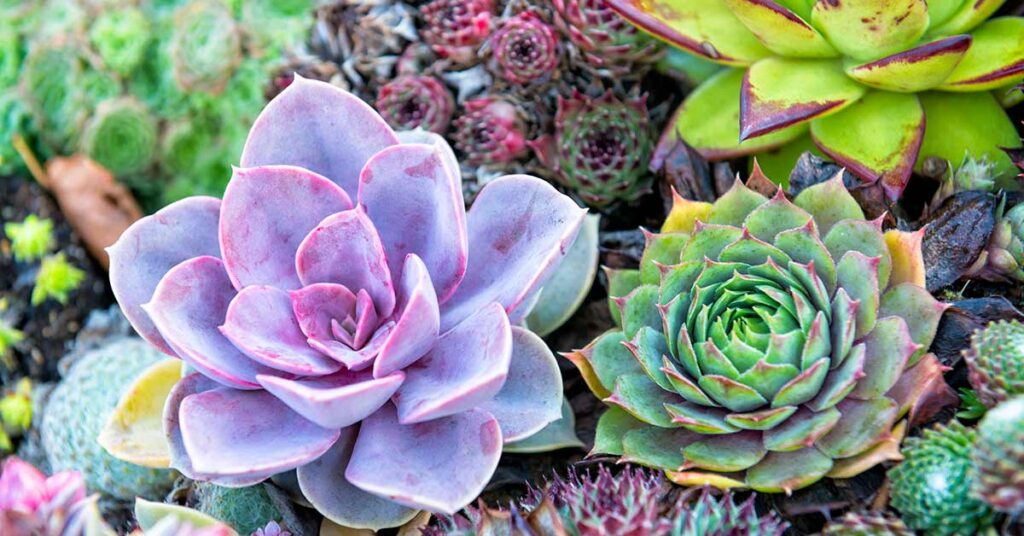Introduction
Echeveria, a genus of succulent plants native to semi-desert regions of Central America, Mexico, and northwestern South America, has captured the hearts of plant enthusiasts worldwide. Renowned for their striking rosette formations and vibrant colors, Echeverias are prized additions to gardens, indoor collections, and landscape designs. In this comprehensive guide, we delve into the fascinating world of Echeverias, exploring their origins, characteristics, care requirements, propagation methods, and popular varieties.
Origins and Taxonomy
Named after the 18th-century Mexican botanical artist Atanasio Echeverría y Godoy, Echeverias belong to the Crassulaceae family, which includes other popular succulents like Jade Plants (Crassula ovata) and Stonecrop (Sedum). With over 150 recognized species and numerous hybrids and cultivars, Echeverias exhibit remarkable diversity in size, shape, and coloration.
Morphology and Characteristics
Echeverias are renowned for their rosette growth habit, which comprises fleshy, water-retaining leaves arranged in tight spirals. These leaves, often adorned with waxy coatings or powdery surfaces (known as farina), come in an array of colors, including shades of green, blue, purple, pink, and red. Some species feature intricate leaf margins, adorned with delicate serrations, ruffles, or even translucent windows.
Popular Varieties
- Echeveria ‘Lola’: Recognized for its pastel pink, lavender, and blue hues, ‘Lola’ is a sought-after hybrid with compact rosettes.
- Echeveria ‘Black Prince’: With its dark, almost black foliage, ‘Black Prince’ adds a dramatic touch to succulent arrangements.
- Echeveria ‘Perle von Nürnberg’: This cultivar boasts stunning rosettes with silvery-gray leaves adorned with pink highlights.
- Echeveria elegans: Commonly known as Mexican Snowball or White Mexican Rose, this species features pale blue-gray leaves forming elegant, symmetrical rosettes.
- Echeveria agavoides: With its striking red-edged leaves and pointed tips, ‘Lipstick’ or ‘Red Edge’ Echeveria adds a bold splash of color to succulent gardens.

Care and Maintenance
Light
Echeverias thrive in bright, indirect light, ideally receiving at least 6 hours of sunlight daily. While they can tolerate some direct sunlight, prolonged exposure may lead to sunburn or leaf damage.
Soil
Well-draining soil is essential for Echeverias to prevent waterlogging and root rot. A mix of potting soil, perlite, and coarse sand or pumice provides the ideal growing medium.
Watering
Echeverias are drought-tolerant plants that prefer infrequent, deep watering rather than frequent, shallow watering. Allow the soil to dry out completely between waterings, especially during the dormant winter months.
Temperature and Humidity
These succulents thrive in moderate to warm temperatures, ideally ranging from 65°F to 85°F (18°C to 29°C). While they can tolerate low humidity, providing adequate airflow around the plants helps prevent fungal issues.
Propagation
Echeverias propagate readily from leaf cuttings, offsets (pups), or seeds. Leaf cuttings should be allowed to callus over before planting in well-draining soil, while offsets can be gently removed from the parent plant and replanted.
Common Pests and Diseases
While Echeverias are relatively resilient, they may encounter pests such as aphids, mealybugs, or spider mites. Regular inspection and prompt treatment with insecticidal soap or neem oil can help keep infestations at bay. Overwatering or poor ventilation can lead to fungal diseases like root rot, so it’s crucial to maintain proper care practices.
Echeverias in Garden Design
Beyond their allure as potted specimens, Echeverias lend themselves beautifully to garden landscapes, rock gardens, and succulent arrangements. Their compact size, striking colors, and drought tolerance make them ideal candidates for xeriscaping projects and low-maintenance gardens.
Conclusion
Echeverias epitomize the beauty and resilience of succulent plants, captivating enthusiasts with their diverse forms and colors. Whether adorning windowsills, garden beds, or terrariums, these charismatic plants bring joy and tranquility to any space. By understanding their origins, characteristics, and care requirements, we can cultivate thriving Echeveria collections and celebrate their enduring charm for generations to come. Let’s continue to embrace Echeverias and revel in their succulent splendor.

